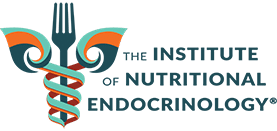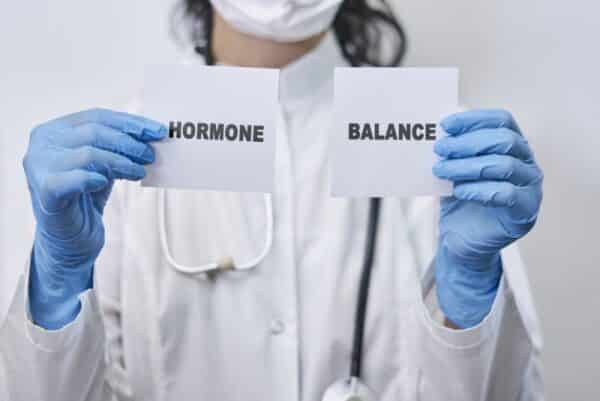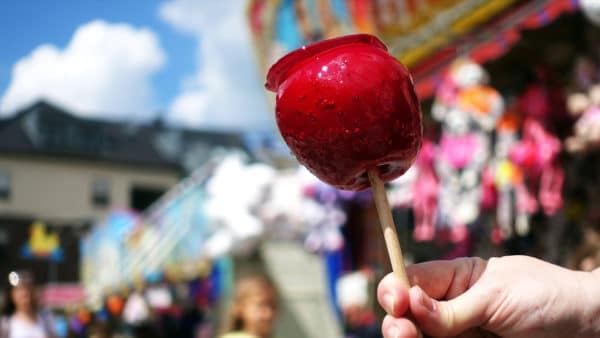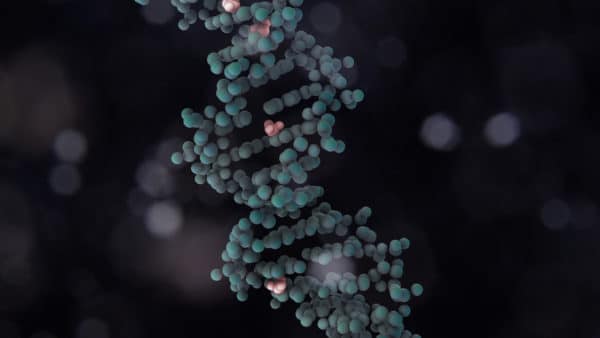
Enjoy this Guest post by Nagina Abdullah
Overeating sugar is one of the worst things you can do for your health. At the same time, sugar cravings are hard to ignore. Fortunately, it is possible to overcome them. And today, you’ll learn what it takes to squash your sugar cravings in a few, simple steps.
I know because I used to crave sugar all the time.
I’d always feel tired and drained. Only sugar would help me get my energy back.
As a management consultant in New York, I was incredibly busy. I tried to make up for all the intense workdays and late nights with anything I could grab on the go, such as cookies, sugary drinks, and chocolate. Then, I’d try to manage my weight with the trendiest fad diet… without any success.
But when my children were born, I slowly started to realize what the consequences of my food choices were. I was constantly feeling bloated, tired, and sluggish. I didn’t have much energy when I eventually spent time with my family. And I didn’t see how I would be able to run around with my kids and play with them.
At the same time, I didn’t want to miss out on it all.
So, I knew something had to change — I had to reduce my sugar intake.
That’s when I started to research scientific studies on sugar cravings and what it would take for me to get rid of mine. And today, I’ve significantly reduced my sugar consumption.
As a result, I finally felt like I had the energy to create memorable moments with my family. And it all started with the realization of just how bad sugar is for you.
Why is sugar so bad for you?
Our brains are built to crave sugar. Back when food wasn’t available in the nearest supermarket, humans needed food that was rich in sugar and gave us lots of energy. Today, our lives look vastly different, but our brains haven’t caught up. So we still crave sugary foods, even though too much of it isn’t good for us.
In fact, the average American consumes 17 teaspoons of sugar every day.1 But the daily recommendation is 6 teaspoons for women and 9 teaspoons for men.2
The health effects are startling.
A high-sugar diet can lead to heart problems,3 obesity,4 teeth problems,5 sleep problems,6 and inflammation7. It also affects your energy levels.8So, as you can see, breaking your sugar addiction should be a priority. But how?
How to break your sugar addiction (and what happens if you don’t)
The thing is: if you don’t stop overeating sugar, you risk the health issues mentioned above, as well as growing your waistline, which comes with a range of other health problems. For instance, you have a higher risk of getting diabetes type 2, high cholesterol, and heart problems.9
Plus, if you continue to give into your sugar cravings, you might just end up feeling so tired and sluggish that you miss out on living your best life. Having more energy means that you can play with your kids or grandchildren, walk your dog, perform better at work, do fun stuff in your free time such as hiking or skiing, start a business, study, whatever it is you feel like you’re missing out on right now!
But the question is:
How do you break your sugar addiction?
When you eat sugar, your blood sugar will spike and release insulin to lower it to normal levels. But if your blood sugar levels fall too low, your body wants foods that will increase it again — that is, sugary foods. So sugar causes you to want more sugar.
That’s why you need to stop the cycle of needing sugar to keep energized. Instead of cookies or chocolate, you need to eat the right foods that keep you full and satisfied, so that you don’t crave sugar. Next, let’s take a look at those foods.
How do you detox from sugar with the right foods?
Not all sugar is bad for you. In fact, you need sugar in your diet. Foods like whole, non-gluten grains, fruits, and vegetables contain natural carbohydrates. This sugar is fine for many people, and only a problem for those with blood sugar issues.
The problem is if you eat too much added sugar. The biggest sources of added sugar in our diets these days are soft drinks (25%) and snacks and sweets (31%).2
And even foods that you might think are healthy contain a lot of hidden sugars.
Some of them include:
Low-fat products. Most low-fat products include sugar to enhance the taste. For example, a single cup of low-fat yogurt can include 11 teaspoons of sugar.10
Fruit juices. Fruit drinks like fruit juices account for 11% of added sugar in our diets.2 While it might seem like you’re drinking something semi-healthy, juices are an especially bad source of sugar because we don’t realize how much sugar they contain.
Sports drinks. Sports and energy drinks include 3% of all the added sugar we consume.2 Instead of your next sports drink, drink a glass of water!
Granola and cereal. Also, granola and cereal are high in sugar. Sugar is usually added to both to improve the taste. While they might seem like healthy options, they’re not.
Premade smoothies. And finally, most premade foods, such as smoothies, are high in sugar. That’s not to say smoothies are unhealthy if you use the right ingredients — but make sure to make them at home so that you know what they contain.
Instead, there are three steps to take to detox from sugar:
1) Plan your meals
One of the main reasons you indulge in sugar is that your energy levels don’t keep stable. But if you eat a varied diet that includes all the nutrients you need, your energy won’t dip and you won’t feel the need to eat sugary foods.
2) Switch to other alternatives
There are alternatives to sugar that can be just as sweet. According to a study, participants ate significantly less high-sugar foods when they were given a mint with gymnemic acids from the Gymnema Sylvestre plant compared to those who were given a placebo.12
My own favorite? Sprinkle a bit of cinnamon into your morning tea. The sweetness of the spice is a great alternative to sugar.
3) Keep up healthy routines
And finally, research shows that healthy routines, such as keeping active,13 sleeping enough14 and drinking enough water15 help curb sugar cravings.
There you have it. Now you know what sugar does to you, why you should squash your cravings, and how to finally get rid of them. What it comes down to is that you eat the right, satisfying foods instead of sugary foods that will keep you back.
BIO
My name is Nagina Abdullah and I help busy women lose weight. I personally lost 40 lbs after I had tried every other diet under the sun. And today, I teach others how to do the same on my website MasalaBody.com.
Sources:
1) Department of Health and Human Services. 2015-2020 Dietary Guidelines for Americans—Cut Down on Added Sugars. (2016). https://health.gov/sites/default/files/2019-10/DGA_Cut-Down-On-Added-Sugars.pdf Last accessed: 9/13/2021
2) American Heart Association. How much sugar is too much? https://www.heart.org/en/healthy-living/healthy-eating/eat-smart/sugar/how-much-sugar-is-too-much Last accessed: 9/13/2021
3) Yang Q, Zhang Z, Gregg EW, Flanders WD, Merritt R, Hu FB. Added Sugar Intake and Cardiovascular Diseases Mortality Among US Adults. JAMA Intern Med. 174(4), 516–524 (2014).
4) Faruque, S., Tong, J., Lacmanovic, V., Agbonghae, C., Minaya, D. M., & Czaja, K. The Dose Makes the Poison: Sugar and Obesity in the United States – a Review. Polish journal of food and nutrition sciences. 69(3), 219–233 (2019).
5) World Health Organization. Sugar and dental caries. (2017). https://www.who.int/news-room/fact-sheets/detail/sugars-and-dental-caries Last accessed: 9/13/2021
6) St-Onge MP, Roberts A, Shechter A, Choudhury AR. Fiber and saturated fat are associated with sleep arousals and slow wave sleep. J Clin Sleep Med. 12(1), 19–24 (2016).
7) Domonell, K. Just How Bad Is Sugar For You, Really? (2017). https://rightasrain.uwmedicine.org/body/food/just-how-bad-sugar-you-really Last accessed: 9/13/2021
8) Harvard T. H. Chan School of Public Health. Carbohydrates and Blood Sugar. https://www.hsph.harvard.edu/nutritionsource/carbohydrates/carbohydrates-and-blood-sugar/ Last accessed: 9/13/2021
9) Centers for Disease Control and Prevention. Diabetes Risk Factors. https://www.cdc.gov/diabetes/basics/risk-factors.html Last accessed: 9/13/2021
10) US Department of Agriculture. Yogurt, fruit, low fat,9 g protein/8 oz. https://fdc.nal.usda.gov/fdc-app.html#/food-details/170889/nutrients Last accessed: 9/13/2021
11) Neuroscience News. Study reveals plant compound beats sugar cravings. (2020). https://neurosciencenews.com/plant-sugar-craving-16593/ Last accessed: 9/13/2021
12) Ledochowski L, Ruedl G, Taylor AH, Kopp M. Acute effects of brisk walking on sugary snack cravings in overweight people, affect and responses to a manipulated stress situation and to a sugary snack cue: a crossover study. PLoS One. 10(3) (2015).
13) Frederick, E. Why skimping on sleep makes your brain crave sweets. (2019). https://www.science.org/news/2019/10/here-s-how-skimping-sleep-can-change-your-appetite Last accessed: 9/13/202114) ScienceDaily. “What do my cravings say about my health?.” (2016). https://www.sciencedaily.com/releases/2016/06/160614121859.htm Last accessed: 9/13/2021
Share this:
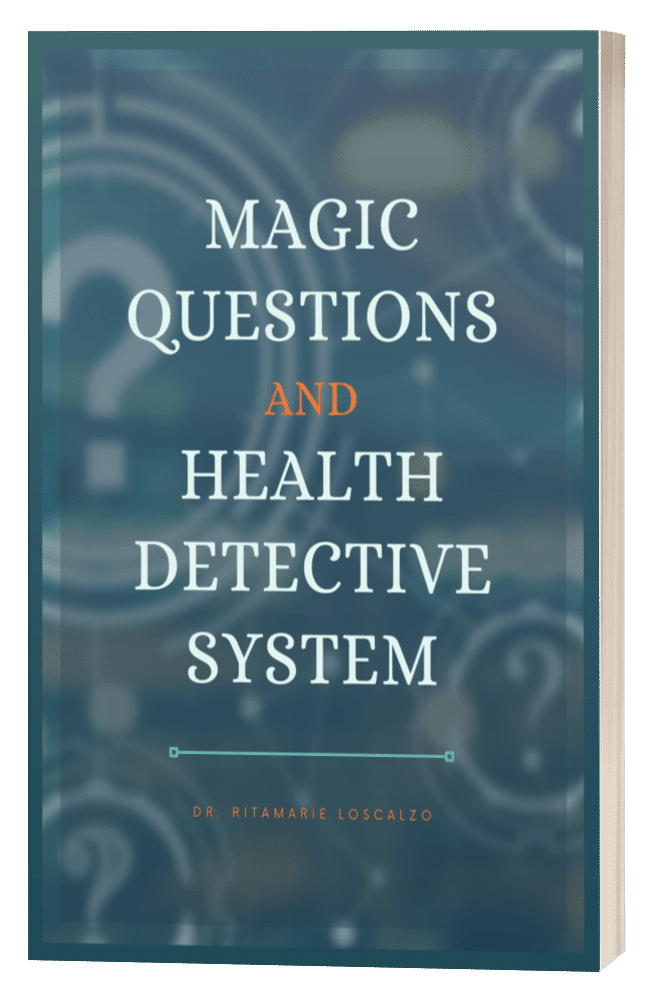
Are you feeling stuck?
Do you feel as if something is missing from your practice that's keeping you from delivering breakthrough outcomes for your clients?.
Recent Posts
Our Programs
Nutritional Endocrinology Practitioner Training (NEPT)
The Mastery and Certification tier is our flagship program and provides everything you need to feel confident as a practitioner who knows how to get results that lead to healthy and happy clients.
Functional Assessment Mastery
Explore the relationships between the most important hormones and their relationship with nutrition.
Functional Nutrition Mastery
Learn how to support your clients to eat and supplement in a way that reduces and eliminates chronic symptoms.
Medical Disclaimer: The information on this website is not intended to replace a one-on-one relationship with a qualified health care professional and is not intended as medical advice. It is intended as a sharing of knowledge and information from the research and experience of Dr. Ritamarie Loscalzo, drritamarie.com, and the experts who have contributed. We encourage you to make your own health care decisions based upon your research and in partnership with a qualified health care professional.
Disclosure: Sometimes (but not always), when I share resources in my programs, newsletter, and on my website, I'm using an affiliate link, which means I do make money if you buy. My credibility is extremely important to me; therefore, I only endorse the products, services, and people I believe in. DrRitamarie.com is independently owned and the opinions expressed here are my own.
Click here to see our Privacy Policy.
